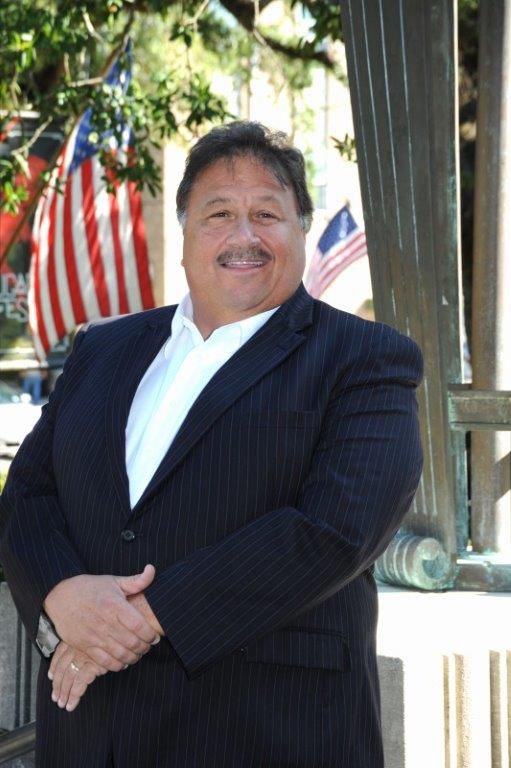Stricken by a storm
July 11, 2018
Attorney’s letter raises rec district concerns
July 11, 2018This issue of The Times tells the story of a house at the foot of Main Street which is a near-ruin due to time, nature and long-time neglect that precedes the current owner. Although it is arguably an historic home worth preserving, the wrecking ball is drawing ever closer.
We hope the Terrebonne Parish Council will grant Dorothy Robichaux time to explore rescue potentials, a potential she has not thus far navigated. Already, after a Times query of the Louisiana Trust for Historic Preservation, there is an interest in the Dunn-Gagne house and we wish the best toward those seeking a solution.
The problem with this house — now listed by the parish as a nuisance — points to a larger issue, however, for which there is no easy cure.
In many Louisiana communities there appears, as some voices indicate in our story, to be a lack of interest in historic preservation, at the level that would provide easy access to assistance for property owners or public entities. There are some bright spots, however, that should be noted.
The Ardoyne plantation house, owned by Susan and Lee Shaffer, is a shining example of what can occur. The home, possibly the largest and most elaborate example of rural Victorian gothic architecture in Louisiana, is a unique treasure. Once a totally private residence, its doors have been opened for events and tours, shared now with the community at large. In Lafourche Parish John Lafargue took on the arduous task of restoring the Rienzi Plantation house. In east Houma Wilson “Doc” Gaidry performed a miraculous restoration at Residence Plantation. Steve Bourgeois and Angela Cheramie made magic at Ducros in Schriever.
Our region’s history is exemplified by more than plantations. Elements of various cultures that have contributed to the development of Terrebonne and Lafourche are evident in structures, even some that are small and unassuming.
Native Americans, African-Americans and Cajuns have stories to tell through what still stands.
Like the structures, there are trees that have witnessed the region’s history, in some cases over centuries. But like structures, trees are unprotected by local ordinances. That is another issue that will be taken up at another time but is still worth mentioning here.
The point is that we possess treasures throughout our region.
Protection of cultural resources is an important endeavor that should be taken more seriously at the local level. Lt. Gov. Billy Nungesser’s office takes responsibility for statewide programs. But the state cannot possibly know what structures need saving or preservation on its own.
We would recommend that a volunteer board be charged in each parish with identifying structures that relate to our history in accordance with appropriate guidelines which it develops, that will locate resources for aiding property owners or the parishes in locating funding sources, grants in particular.
In order to prove viable as markers of history, houses or commercial structures need not be accessible to the public other than by exterior sight. The value of a historic site is not dependent on whether tourists or residents trapes through it.
Among entities that currently stand ready to help is the Louisiana Trust for Historic Preservation.
The Louisiana Trust for Historic Preservation was founded for cultural and educational purposes pertaining to historic preservation.
Founded in 1979, the Trust advocates, promotes and preserves historic places within the state. It is composed of preservationists throughout Louisiana, providing education, technical assistance, outreach and advocacy.
They deserve support and should be kept in mind as a potential aid to property owners who need counsel and assistance. As a community, we can do much to preserve our past, if we choose to do so.







